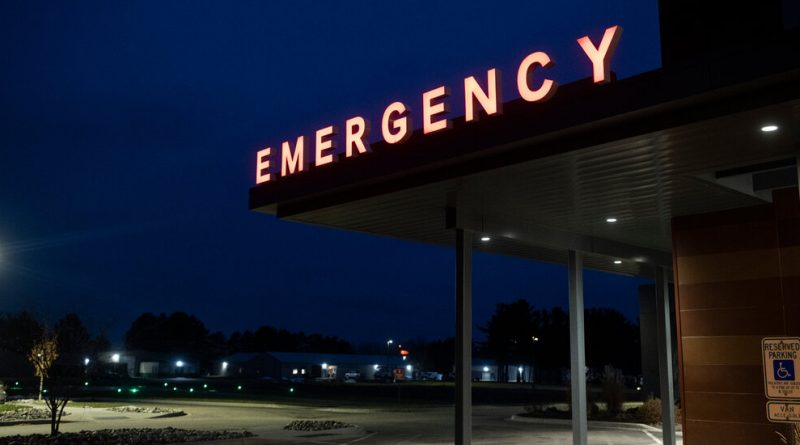Emergency Room Visits Have Risen Sharply for Young People in Mental Distress, Study Finds
[ad_1]
The News
Mental health-related visits to emergency rooms by children, teenagers and young adults soared from 2011 to 2020, according to a report published on Monday in the Journal of the American Medical Association. The sharpest increase was for suicide-related visits, which rose fivefold. The findings indicated an “urgent” need for expanded crisis services, according to the team of researchers and physicians who published the report.
The research, drawn from data from the National Hospital Ambulatory Medical Care Survey, looked at the annual number of mental health-related E.R. visits by people 6 to 24 years old. From 2011 to 2020, the figure rose from 4.8 million to 7.5 million, the team found, a period in which the overall number of pediatric E.R. visits fell. In effect, the proportion of E.R. visits for mental health-related issues roughly doubled, from 7.7 percent to 13.1 percent.
The number of visits rose for many conditions, including mood and behavioral disorders, substance use and psychosis. But the increase in suicide-related issues was most pronounced, increasing to 4.2 percent of all pediatric emergency room visits in 2020 from 0.9 percent in 2011.
Why It Matters
A growing number of children and adolescents are grappling with mental distress, but medical systems have not kept up. Insufficient treatment options and availability of preventive care is leading many families to seek help in emergency rooms, which are ill-equipped to deal with mental health-related issues. A recent New York Times investigation found that hundreds of young people sleep in emergency rooms every night, as they wait for placement in proper treatment programs.
“A dedicated national commitment will be needed to address the gaps,” the JAMA paper concluded.
Background
For many decades, the nation’s medical infrastructure was built to serve young people dealing with infections, broken bones and other injuries suffered in accidents. Even as those issues remain, a significant shift has taken place in the nature of ailments suffered by children, teenagers and young adults. In 2019, the American Academy of Pediatrics issued a report noting that “mental health disorders have surpassed physical conditions” as the most common issues causing “impairment and limitation” among adolescents.
The training of pediatricians has not kept pace, and emergency rooms are designed to triage patients, not to serve as psychiatric units, even as options for inpatient and outpatient treatment have eroded.
What’s Next
The JAMA investigation describes a “critical need” to expand nonhospital treatment options, including programs in schools and more outpatient centers and urgent care clinics, with round-the-clock service. Legislators in some states and at the federal level are exploring ways to expand coverage to deal with changing risks faced by young people.
